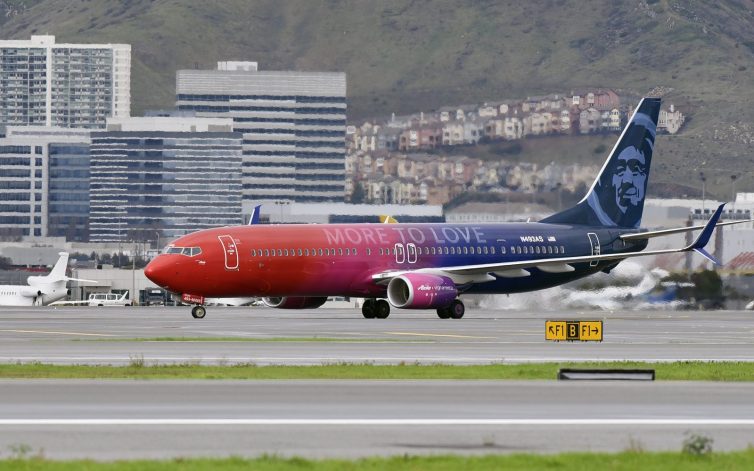
The special More to Love livery at SFO – Photo: Alaska Airlines
We are a go! The merger between Alaska Airlines and Virgin America is official. To help celebrate, and welcome new members to the family, Alaska created a special “More to Love” livery on one of their Boeing 737-900ERs. What better way to bring two airlines together?
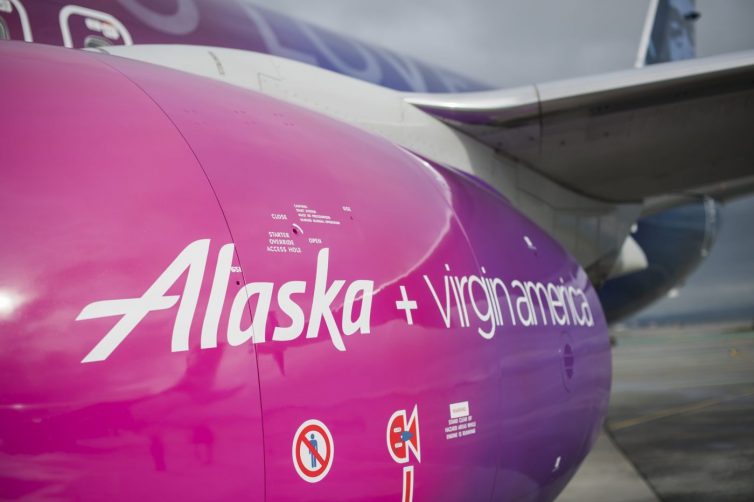
The painted engine on the special liveried 737 – Photo: Alaska Airlines
It is not a big surprise that the merger finalized, but the journey wasn’t exactly easy. Although many questions still remain, when things are said and done, the new combined airline will have about 1,200 daily departures to 118 destinations, with hubs in Seattle, San Francisco, Los Angeles, Anchorage, Alaska, and Portland, Oregon. They will also have a fleet of about 286 aircraft — the future of the Airbus fleet has not yet been finalized.
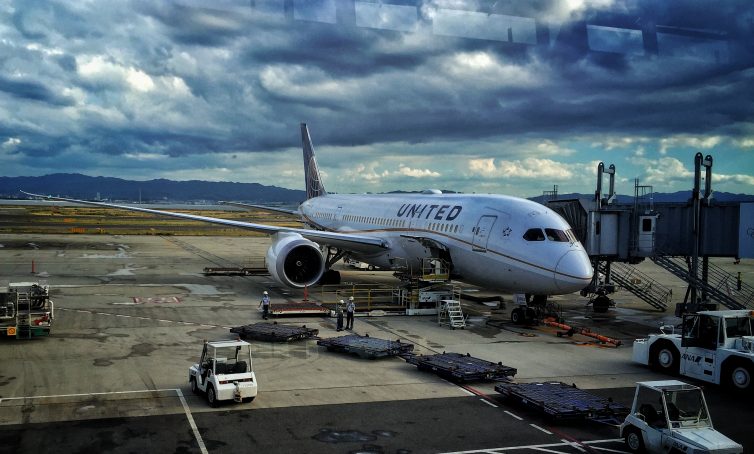
Looking great, even under a stormy sky ’“ Photo: Manu Venkat | AirlineReporter
Everyone remembers their first time. Their first time getting upgraded on an international flight, that is. For some people, it’s a splurge with miles. For others, it’s the result of hard-won top-tier airline status. Or a cash upgrade offer at check-in that is too good to be true. But no matter how it happens, your first time flying in first or business class is the highlight of any AvGeek’s flying career.
Earlier this year, I had the pleasure of my first long-haul upgrade ’“ in a shiny new Dreamliner, no less. And yes, it was everything I wanted it to be and more. But the circumstances were a little unusual, because my upgrade wasn’t thanks to miles, or cash. I was upgraded because of a typhoon in the western Pacific.
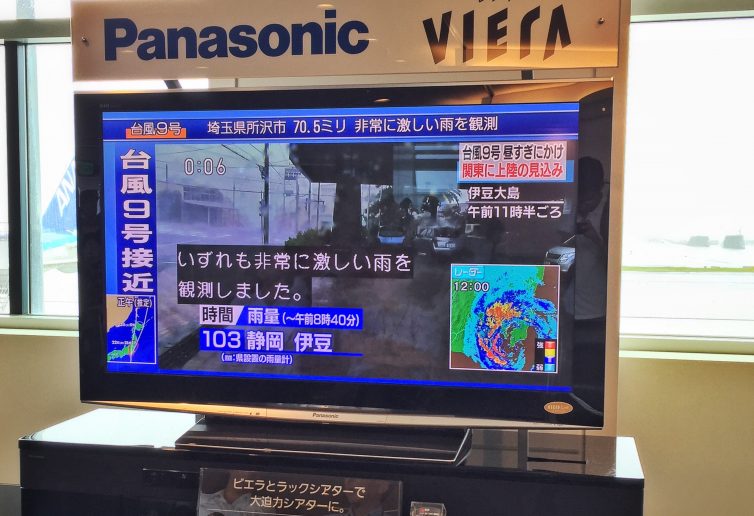
This is NOT the ideal weather forecast for flying ’“ Photo: Manu Venkat | AirlineReporter
Wait … what? Well read on for the backstory, plus plenty of photos and thoughts about my experience in United’s BusinessFirst 787 cabin. And once you’re done reading, share your own stories about your first times getting bumped up.
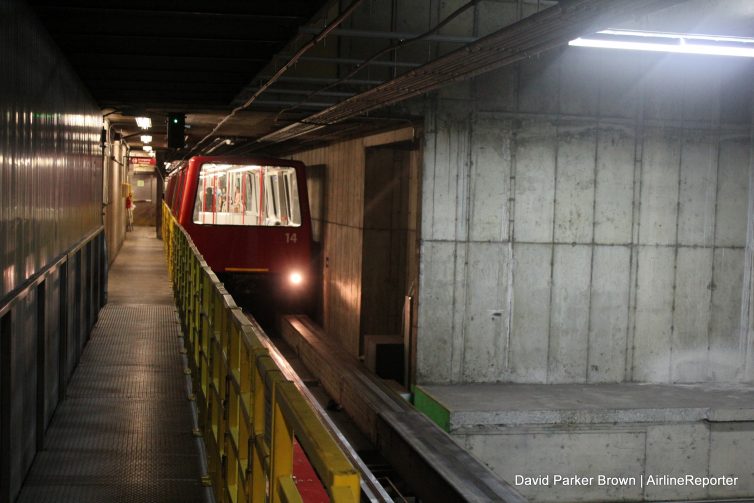
Below ground, one of the trains arrives at SEA
The Seattle-Tacoma International Airport (SEA) has been my home airport most of my life. I have seen the many changes over the years and I am proud to call it mine. Growing up, I lived in Oak Harbor, WA (about 90min northwest of Seattle) and I would often fly by myself from there to Reno, NV (where my dad lived). After I was 12, I didn’t need to be escorted and I would usually have a few hours of layover from my tiny home airport (ODW) to SEA. To burn time, I would often ride one of the satellite trains to the remote terminals and watch the airplanes come and go. Being a kid, sometimes I would just ride the train a few laps for fun.
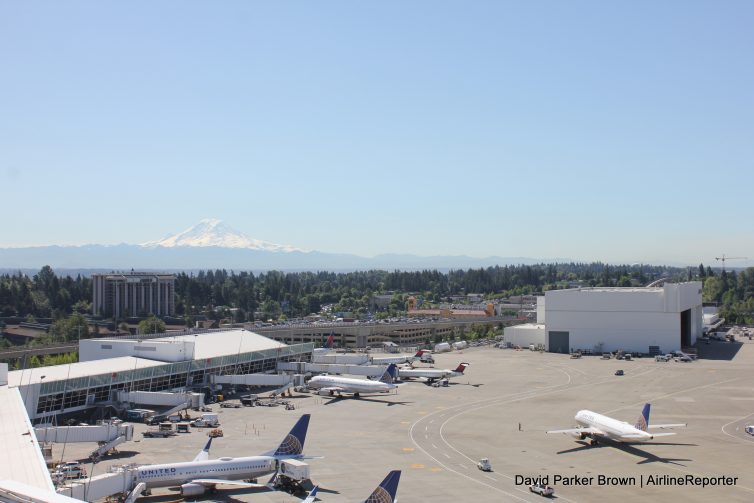
Above ground, Mount Rainier in the background at SEA
Throughout the years, I always wondered how they worked. I knew there wasn’t a person controlling them, but how were they programmed? How many cars were there? How did they get fixed? And how fast can they go? Luckily adult-me was in a position to find those answers, so I reached out to SEA to get a behind-the-scenes tour of their train operations. Once again, the adult-me was making the child-me jealous.
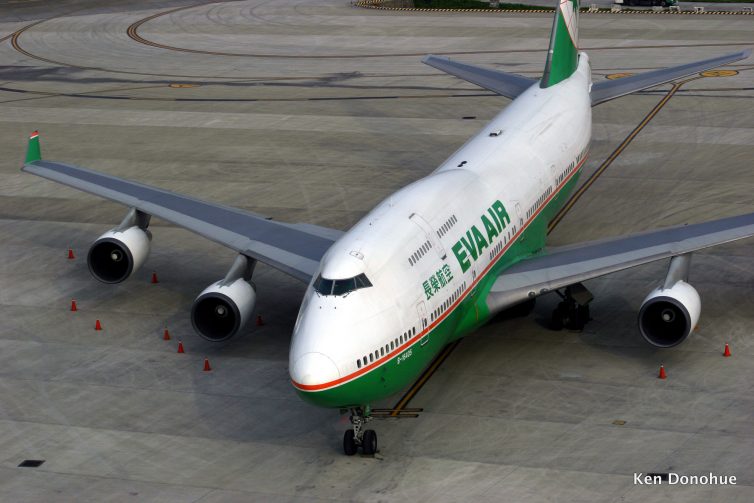
EVA Air Boeing 747-400
There is little question that the Boeing 747 is the most beautiful aircraft ever built. It’s in a class of its own. There’s a reason it’s called the Queen of the Skies.
While some modifications (just a few) have been made since the first one took to the skies in 1969, its design is timeless. From the pointed nose that rises gracefully up to the cockpit windows and that distinctive hump.
For decades, it was the undisputed leader in wide-body aircraft. With more than 1,500 ordered, airlines that flew the 747 gained instant credibility and cachet. Bigger isn’t always better, and while the Airbus A380 may be the biggest commercial airplane, it has nothing on the 747’s style and panache. The 747 is a glamorous runway model that turns heads wherever it goes – the way it struts confidently through airports around the globe. And nose onrotating off the runwayit’s a thing of beauty.
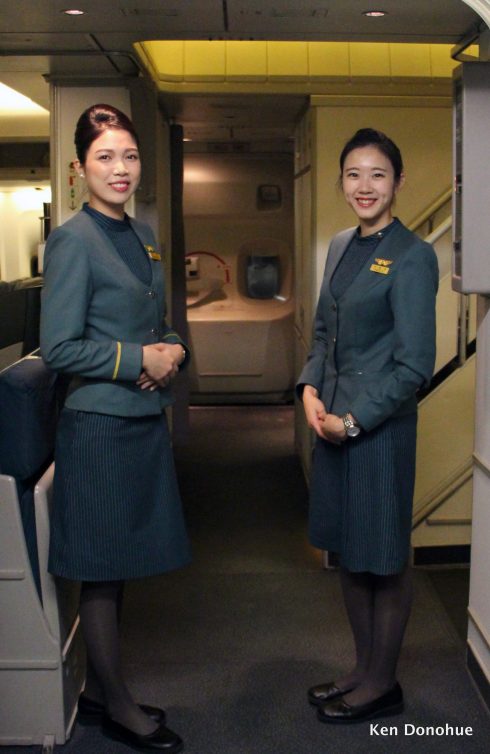
Flight attendants welcome me onboard
All good things must end, and so it is that the 747 is in its twilight yearseclipsed by the more efficient Boeing 777, bigger Airbus A380, and fuel-sipping Boeing 787/Airbus A350. With only 41 Boeing 747-8Is ordered, the writing’s on the wall. And in the coming decade, we will see fewer and fewer Boeing 747s. But there are still some airports where you can see the Queen, and take one last flight. Such is the case with my home airport in Vancouver (YVR), where EVA, China Airlines, Lufthansa, British Airways, and Qantas still have passenger operations with the type. Albeit, the latter three operate the aircraft only seasonally. This past year, BA began using the Airbus A380 in summer months, but reverts to the 747 in the winter months. Lufthansa is now the only carrier operating daily 747 passenger service to Vancouver.
AirlineReporter recently experienced EVA Air’s Boeing 747 service on the Vancouver-Taipei-Vancouver sector. The 747 once made up the bulk of EVA’s long-haul fleet. It was the aircraft the Taiwanese airline used on its first flight to North America, when it inaugurated service to Los Angeles in December, 1992. Like many airlines, EVA has been replacing its 747s with Boeing 777s, which now do most of the airline’s long-haul flying. In fact, the airline now only has three passenger 747s left in its fleet, and Vancouver is one of the few destinations to which EVA uses the aircraft. EVA executives recently told me that 747 will no longer fly the Vancouver route by July 2017, and will be completely retired from the airline’s fleet by September of next year.
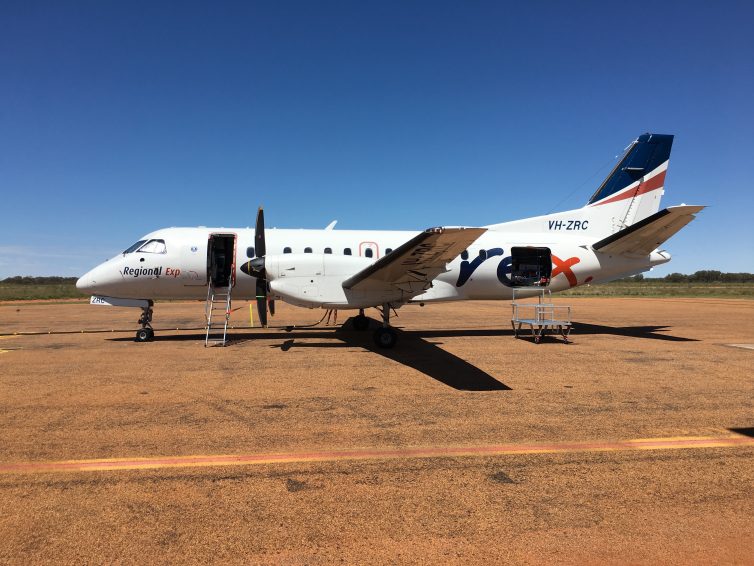
Eight hours on a Saab, am I crazy? You bet! – Photo: Jacob Pfleger | AirlineReporter
On my last trip to Australia, I was fortunate enough to experience the “Centre Run” with Airnorth; a series of flights through the centre of the country. Now while this was an exciting adventure, there is an even more crazy series of flights that can be done in outback Australia. I am referring to the Regional Express (Rex) Milk Run.
This milk run serves a series of remote communities in the Australian state of Queensland. In total, it is a series of seven flights — yes you read correctly, seven. It originates in the capital of Queensland, Brisbane, and flies all the way up to Mount Isa, a major resource town in northwestern Queensland.

Record rainfall made for an interesting flight in more way than one – Photo: Jacob Pfleger | AirlineReporter
The flights are operated by a Saab 340 turbo-prop, and it is possible to book a ticket from Brisbane-Mount Isa. The price is approximately US$300, which is very affordable given that it includes seven flight sectors and close to nine hours of flying. So on my most recent trip “down-under” I was once again questioning my sanity when I booked this trip (something that is becoming a frequent occurrence on my trips to Australia of late).









